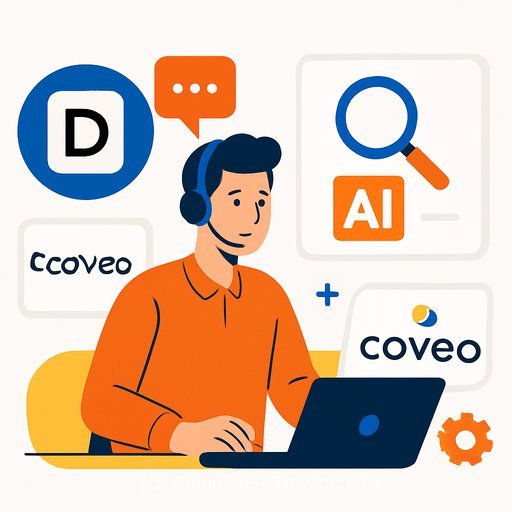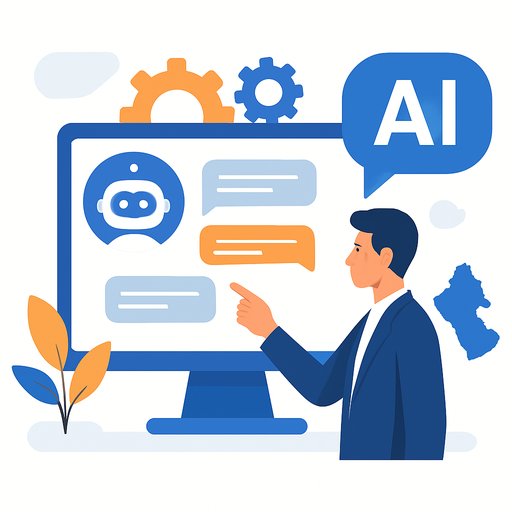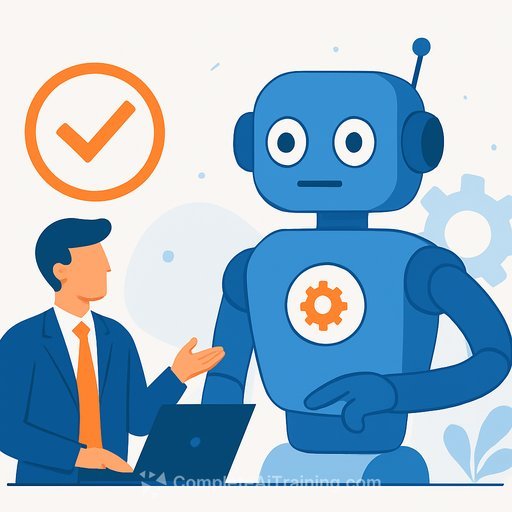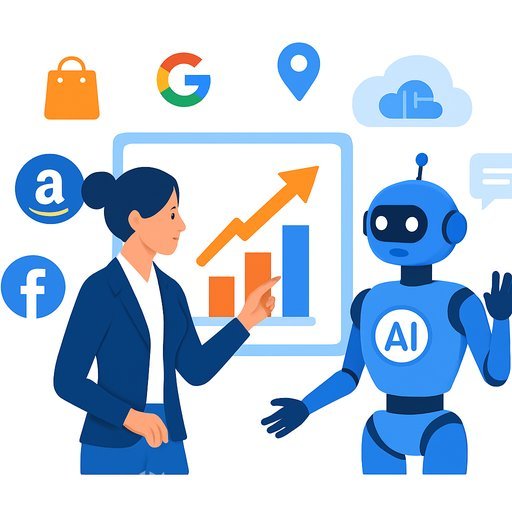The Agentic AI Mirage: Why Customer Service Automation Will Fail Without Platform-First Architecture
Agentic AI promises independence. Demos look slick. But on the contact floor, the gap between promise and production keeps getting wider.
The issue isn't the idea of agents. It's the approach. LLMs can talk. They can't run your business logic, manage state, or guarantee outcomes. Without a platform-first architecture, you end up with pilots that impress and rollouts that break.
The LLM limitation no one wants to discuss
LLMs are language engines, not automation platforms. They generate fluent responses and handle FAQs well. Then they derail on multi-step cases, account changes, escalations, and anything that spans systems or policies.
Why? Because customer service needs deterministic control. You need guardrails, verifications, retries, and auditable decisions. LLMs don't provide that by default. They're probabilistic. Your processes are not.
What real customer service automation actually requires
- Multi-step workflows that maintain context across channels and systems
- Deep integration with CRM, billing, inventory, order management, ticketing
- Strict policy, compliance, and approval flows
- Fallbacks for exceptions, timeouts, and undesired outcomes
- Analytics, logging, and audit trails for QA and regulators
LLMs can assist inside this framework (intent detection, text generation, summarization). They are not the framework.
Platform-first: architecture over intelligence
Most teams start with an LLM, then try to wrap business logic around it. That's backwards. Start with a strong platform, then slot LLMs where language helps.
What the platform must deliver:
- Deterministic process control: Clear decision points, escalations, and stop conditions. The platform leads; the LLM contributes.
- System integration: Secure connectors, API orchestration, and retries baked in.
- State management: Persistent context across sessions, channels, and back-end calls.
- Compliance and governance: Policy enforcement, audit logs, PII controls, and approval workflows.
This is how you get actual autonomy without chaos: the platform holds the rail; the LLM enhances the ride.
The voice channel reality check
Text gets the press. Voice holds the pain. Complex cases still flood phones because people want speed, clarity, and empathy.
Voice-first agents need low latency, natural turn-taking, barge-in handling, and sentiment signals in real time. Piping audio through STT to a generic LLM stack adds delay and drops context. That's why many voice bots feel slow or confused.
If voice matters to your business, treat it as a first-class channel. You need native speech processing, real-time context, and clean integration with telephony and contact-center platforms-not a text bot with a microphone.
The scaling trap: why pilots win and production fails
Pilots work because the scope is tight, the data is clean, and the paths are rehearsed. Production is messy. Outages, policy changes, edge cases, accents, background noise, partial data-this is the daily grind.
LLM-only builds degrade as complexity grows. Without platform-level orchestration, the system improvises where it should comply, invents answers where it should defer, and promises actions it cannot execute. That's how brand damage happens.
Controlled autonomy: the practical path forward
Don't abandon agentic AI. Contain it. Give agents room to reason and act, inside a platform that enforces how work gets done.
- Platform control: BPM/decision flows decide the who/what/when. Agents operate within those boundaries.
- LLM enhancement: Use LLMs for NLU, response drafting, summarization, and personalization-not for core process control.
- Voice-first architecture: Real-time speech, low latency, and smooth telephony integration if phone is a top channel.
What to ask vendors before you buy
- Show me your process engine. How do we model guardrails, failures, and escalations?
- Which native connectors exist for our CRM, billing, inventory, order, and ticketing systems?
- How do you manage state across sessions, channels, and systems?
- What's your auditing story? Can we trace every step, variable, and decision?
- How do you handle exceptions: retries, rollbacks, human-in-the-loop, and deflection?
- For voice: end-to-end latency budget, barge-in support, diarization, and silence/overlap handling?
- How do you prevent LLM drift and hallucination in critical flows?
- What testing framework exists for regression, load, and policy compliance?
Metrics that matter to Support leaders
- Containment with quality: Task completion rate for multi-step flows, not just deflection.
- Time-to-resolution: End-to-end, including back-end calls and approvals.
- Policy adherence: Violations per 1,000 interactions and severity.
- Escalation hygiene: Clear handoff with context, fewer blind transfers.
- Customer effort: Steps and time saved vs. baseline for top intents.
- Stability: Failure modes detected and recovered without harming CX.
A practical rollout plan
- Weeks 1-2: Map top 5 intents by volume x effort. Define target flows and guardrails. Identify policy constraints.
- Weeks 3-6: Build flows in the platform. Add integrations. Insert LLMs only for language tasks. Instrument everything.
- Weeks 7-8: Adversarial testing: edge cases, outages, noisy audio, policy changes. Force failures and refine fallbacks.
- Weeks 9-12: Limited launch with live guardrails (confidence thresholds, human-in-the-loop). Monitor and iterate.
The competitive edge
Teams that lead with platform architecture will outpace those chasing LLM-only demos. You'll see higher true automation, better CSAT, safer compliance, and smoother scaling from pilot to production.
The choice is simple for Support leaders: adopt a platform-first approach and give agents controlled autonomy-or keep paying for pilots that stall.
Next step
If you want your team to skill up on platform-first customer service AI and voice automation, review curated learning paths here: AI courses by job.
Your membership also unlocks:





